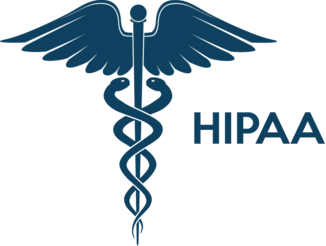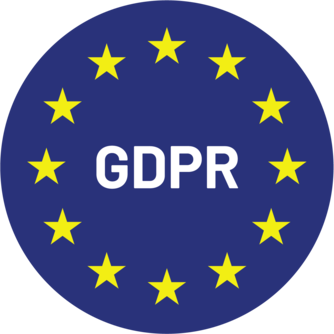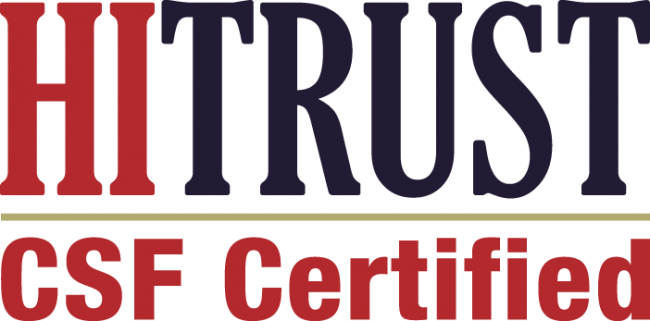Healthcare transitions represent critical moments in patient care, where gaps in communication and coordination can lead to adverse outcomes, readmissions, and increased costs. Recognizing this challenge, Medicare introduced Transitional Care Management (TCM) services to bridge the gap between inpatient and outpatient care, ensuring patients receive appropriate follow-up care during vulnerable transition periods.
Understanding Transitional Care Management
Transitional Care Management encompasses a structured approach to coordinating care for patients as they move from one healthcare setting to another, typically from hospital to home or to a lower level of care. These services are designed to reduce readmission rates, improve patient outcomes, and enhance care coordination during the critical post-discharge period.
TCM services include comprehensive care planning, medication reconciliation, coordination with other healthcare providers, and timely follow-up appointments. The goal is to ensure continuity of care and address any immediate post-discharge needs before they escalate into complications requiring emergency care or readmission.
Medicare TCM Coverage Criteria
Medicare Part B covers TCM services when specific criteria are met, reflecting the program’s commitment to improving care transitions and reducing costly readmissions. To qualify for Medicare TCM reimbursement, several key requirements must be satisfied.
The patient must have been discharged from an inpatient acute care hospital, partial hospital, observation status, or skilled nursing facility to their home or domiciliary setting. The discharge must have occurred within the previous 14 days, establishing a clear timeframe for when these transitional services are most critical.
A qualifying healthcare professional must provide the TCM services, including physicians, nurse practitioners, physician assistants, or clinical nurse specialists working within their scope of practice. The provider must have an established relationship with the patient or be accepting the patient for ongoing care management.
The services must include specific components: interactive contact with the patient or caregiver within two business days of discharge, a comprehensive medical decision-making visit within 14 days of discharge for moderate complexity TCM or within 7 days for high complexity TCM, medication reconciliation and management, coordination with other healthcare providers, and creation or revision of a care plan.
TCM Reimbursement Codes and Payment Structure
Medicare utilizes two primary Current Procedural Terminology (CPT) codes for TCM services, each reflecting different levels of medical decision-making complexity and associated reimbursement rates.
CPT Code 99495 – Moderate Complexity TCM
This code represents transitional care management services requiring moderate medical decision-making. The face-to-face visit must occur within 14 days of discharge. For 2024, Medicare’s national average reimbursement rate for 99495 is approximately $168, though actual payments may vary based on geographic location and other factors.
The moderate complexity designation typically applies to patients with stable chronic conditions, straightforward medication regimens, or those requiring routine follow-up care without significant complications.
CPT Code 99496 – High Complexity TCM
This code covers transitional care management services requiring high complexity medical decision-making, with the face-to-face visit required within 7 days of discharge. The 2024 Medicare national average reimbursement for 99496 is approximately $239.
High complexity TCM is appropriate for patients with multiple chronic conditions, complex medication regimens, recent complications, or those at high risk for readmission. The earlier visit requirement reflects the greater urgency and intensity of care needed for these patients.
Both codes include the required interactive contact within two business days of discharge and all associated care coordination activities during the 30-day period following discharge.
Documentation Requirements and Best Practices
Proper documentation is essential for successful TCM reimbursement and regulatory compliance. Medicare requires specific documentation elements to support billing for these services.
The medical record must clearly document the discharge date and location, the interactive contact within two business days, including the date, time, and nature of the contact, and the comprehensive visit with appropriate medical decision-making documentation. Additionally, providers must document medication reconciliation activities, care coordination efforts with other providers, and the development or revision of care plans.
Best practices include using standardized templates or forms to ensure consistent documentation, training staff on proper documentation requirements, implementing systems to track required timeframes and contacts, and maintaining clear records of all patient interactions during the 30-day TCM period.
Medicare Facts and Statistics
Understanding the broader context of Medicare and transitional care helps illustrate the importance of TCM services within the healthcare system. Medicare serves over 65 million Americans, with approximately 55 million enrolled in Medicare Part A (hospital insurance) and 60 million in Part B (medical insurance), which covers TCM services.
Hospital readmissions represent a significant challenge and cost for the Medicare program. Approximately 15-20% of Medicare beneficiaries are readmitted to the hospital within 30 days of discharge, costing Medicare billions of dollars annually. Studies have shown that effective transitional care management can reduce 30-day readmission rates by 25-50%, demonstrating the value of these interventions.
Medicare’s focus on value-based care has increased emphasis on transitional care services. The Hospital Readmissions Reduction Program penalizes hospitals with excessive readmission rates, creating financial incentives for effective discharge planning and post-acute care coordination. This has led to greater adoption of TCM services as a strategy for improving outcomes and reducing costs.
The average Medicare beneficiary has multiple chronic conditions, with nearly 85% having two or more chronic diseases. This population is particularly vulnerable during care transitions, making TCM services essential for maintaining health and preventing complications.
Challenges and Opportunities in TCM Implementation
While Medicare coverage for TCM services provides important opportunities for improving care transitions, several challenges exist in implementation and optimization. Provider awareness and understanding of TCM requirements remain variable, with some practices struggling to implement the necessary workflows and documentation systems.
Coordination between hospital discharge planning teams and outpatient providers can be challenging, particularly in ensuring timely communication and information transfer. The required timeframes for patient contact and visits can be difficult to maintain, especially for practices with limited resources or patients who are difficult to reach.
Technology solutions are increasingly important for successful TCM implementation, helping providers track required activities, maintain communication with patients, and document services appropriately.
Leveraging Technology for Optimal TCM Delivery
Modern healthcare demands efficient, technology-driven solutions to manage the complex requirements of transitional care management effectively. The HealthViewX TCM platform exemplifies how specialized technology can transform TCM delivery, providing healthcare organizations with comprehensive tools to streamline care transitions, ensure compliance with Medicare requirements, and improve patient outcomes.
The HealthViewX platform offers automated workflow management that tracks all required TCM activities and timeframes, ensuring providers meet the critical two-day interactive contact and appropriate visit scheduling requirements. With integrated communication tools, care teams can maintain seamless contact with patients and coordinate effectively with other providers throughout the 30-day TCM period. The platform’s robust documentation features help ensure proper coding and billing compliance while reducing administrative burden on clinical staff.
By leveraging such specialized TCM platforms, healthcare providers can maximize their Medicare reimbursement while delivering higher quality transitional care services that improve patient satisfaction and reduce costly readmissions.
Future Directions and Recommendations
The evolution of Medicare’s approach to transitional care management continues to emphasize quality outcomes and cost-effective care delivery. Providers should focus on developing comprehensive TCM programs that integrate clinical excellence with operational efficiency.
Key recommendations include establishing clear protocols for identifying appropriate TCM patients, implementing technology solutions to manage workflows and documentation requirements, training clinical and administrative staff on TCM requirements and best practices, and developing partnerships with hospitals and other providers to facilitate smooth care transitions.
Regular monitoring and quality improvement activities should assess TCM program effectiveness, including readmission rates, patient satisfaction, and financial outcomes. This data-driven approach enables continuous refinement of TCM processes and demonstrates value to stakeholders.
Conclusion
Medicare’s Transitional Care Management benefit represents a significant opportunity for healthcare providers to improve patient outcomes while generating appropriate reimbursement for essential care coordination services. Success requires understanding the specific coverage criteria, proper implementation of required activities within mandated timeframes, and meticulous documentation to support billing and compliance.
The growing emphasis on value-based care and readmission reduction makes TCM services increasingly important for healthcare organizations seeking to thrive in today’s evolving payment landscape. By investing in proper TCM program development, including appropriate technology solutions and staff training, providers can deliver high-quality transitional care that benefits patients, reduces costs, and supports practice sustainability.
As Medicare continues to refine its approach to transitional care services, staying informed about coverage changes, documentation requirements, and best practices will be essential for maximizing the benefits of TCM programs for both providers and the patients they serve.






